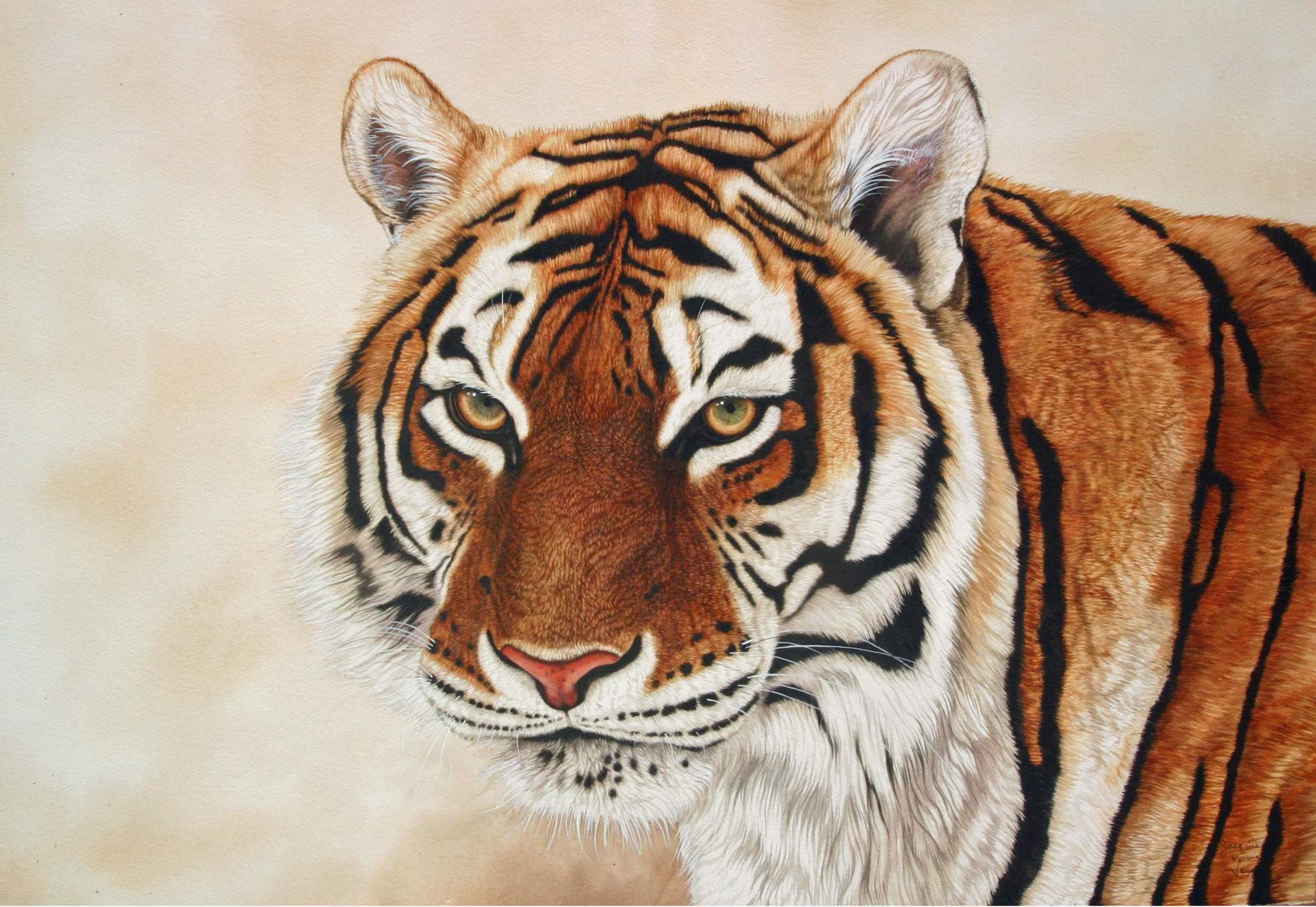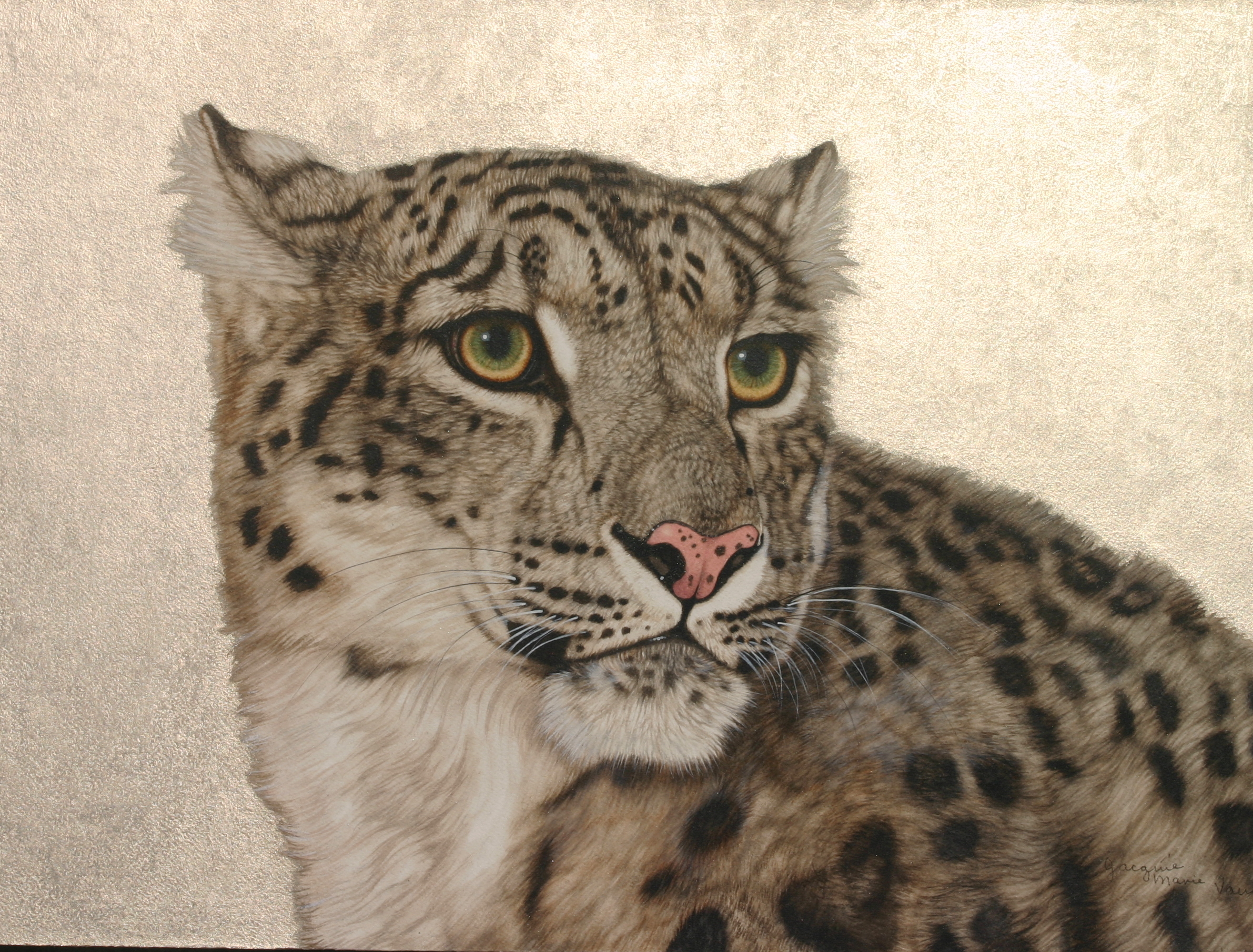Science Tips Tips Tricks Technology Dinosaur-killing asteroid created massive magma chamber that lasted millions of years, study shows
Science Tips Tips Tricks Technology
The asteroid that slammed into Earth some 66 million years ago and wiped out the dinosaurs also produced a gigantic pool of magma many times larger than the crater at the center of Yellowstone National Park, new research reveals.
The incident, known as the Chicxulub impact event, killed off 75 percent of all life on Earth, and it also produced a massive hydrothermal system filled with magma, according to research published today in Science Advances.
The impact produced about 100 million megatons of energy and likely created winds in excess of 600 miles per hour near the blast’s center — wiping out vegetation, soil and animals.
‘UNACCEPTABLE’ ALLIGATOR INCIDENT BEING INVESTIGATED IN SOUTH CAROLINA
That energy was enough to melt part of our planet’s crust, creating what the researchers call a “central melt pool” of magma that lasted for hundreds of thousands of years, according to the study.
“Chicxulub is the largest, best-preserved crater on Earth and is thus our best example of the craters that were produced early in Earth history,” David Kring, the first author of the study and a researcher from the Lunar and Planetary Institute in Texas, explained to Gizmodo.
The dinosaur-killing asteroid that struck Earth produced a gigantic pool of magma.
(SWNS)
10 PERCENT OF CORONAVIRUS PATIENTS WITH DIABETES DIE WITHIN A WEEK OF HOSPITALIZATION, STUDY FINDS
“There were thousands of craters its size and larger when life emerged on Earth. There is evidence that suggests that life emerged from hydrothermal systems, potentially produced by impacting asteroids and comets,” he added.
For the study, Kring and his colleagues examined chemically altered rocks pulled from the Chicxulub crater. A drilling expedition led by two groups of international scientists provided the samples, after having acquired them from deep below the seafloor.
A different study released earlier this week found that the asteroid slammed into Earth at the “deadliest possible angle” of about 60 degrees, which maximized the amount of climate-changing gases that were thrust into the upper atmosphere.


